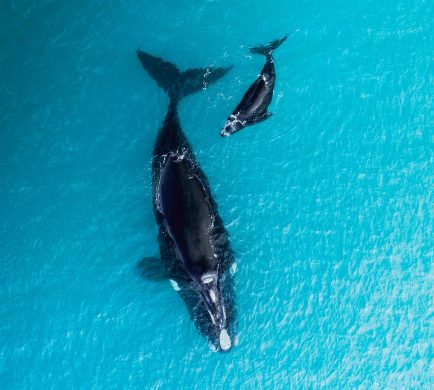By Angela Dunning
If only we could let our emotions flow like water…
Emotions have a transient nature. If we could just remember this truth, life I suspect, would become a whole lot easier. Like the weather and all other natural phenomena, our emotions are fleeting, natural, and temporary energies that move through us, arising when necessary and leaving just as effortlessly; if we can allow them to.
Unfortunately, most of us are conditioned from a very early age to fear our very own emotions and their need to live through us and guide us. We are taught to suppress and override our emotions, hiding them not only from others but also sadly from ourselves. This has drastic long-term implications for physical and emotional health and well-being, fulfilling our true potential or even being able to speak our truth easily.
After decades of suppression, is it any wonder that as adults, we have the most difficult time feeling our emotions, let alone learning to surf their waves with accomplishment?
We particularly fear and keep at bay all of the so-called painful, negative emotions. We fear that our grief, anger, sadness, or fear will take up permanent residence if we allow them in. Our mind cannot fathom that our emotions are so fleeting, so temporary, just pure energy moving, in, up, out, and off again. We come to believe that if we stop feeling happy and let ourselves feel sad or depressed, that we will stay permanently in that state, that we will never feel happy again, relaxed or upbeat. People will do whatever they can to avoid feeling their emotions, including developing addictive habits and dependencies.
Yet, the very fact is that ALL emotions come and go, including happiness, joy, and contentment. None of them are permanent, no matter how hard we try to hold on to the more positive feeling states. The more we can remember this, the more permission we give to ourselves to ride the undulating, never ceasing waves of all of our emotions. We can then drop down into sadness or grief, knowing that we shall soon come back up, that something wondrous will capture our heart again, and we will feel happy once again.
It seems to be a law of nature that when we allow ourselves to feel one thing, we automatically create the conditions for other emotions to arise more freely in us. And, in letting ourselves feel our fears, nervousness, and anxiety, instead of pretending we aren’t afraid, a baby or chicken, we might discover untapped inner-resources, power, and skills. We also come home to the truth that we are vulnerable beings, not ego-inflated, invincible Gods.
Animals have a much easier time living with the full range of their emotions. To them, emotions are simply energy and forms of communication and information, different sorts of energy, yes, with differing intensities, qualities, and feelings, but they don’t seem to fear them in the way that we do. A dog will show sheer joy one moment and then suddenly be nervous or angry the next. A horse will display anger at a herd mate one moment and then be peacefully grazing alongside them the next. So at-home with emotions are they that when we allow ourselves to fully feel our own emotions, they usually come closer to us, offering comfort and support or sharing in our joy. Conversely, when we suppress, override or mask our true feelings, animals react unexpectedly towards us and often with aggression.
“Animals have a much easier time living
with the full range of their emotions.
To them, emotions are simply energy and forms
of communication and information,
different sorts of energy, yes, with differing
intensities, qualities, and feelings,
but they don’t seem to fear them
in the way that we do”
In my equine facilitated learning practice, I work with a tool called The Emotional Message Chart. This was devised by my trainer and bestselling author Linda Kohanov, based in part on the many years of working with horses and people and on the work by Karla McLaren. The chart discusses each core emotion and simply lays out the core message/s behind each emotion; how to ask the right questions of each emotion, including what action we need to take, as each emotion is asking something different of us. If, however, we don’t take some form of action, then the emotion intensifies and can become a chronic state, such as fear turning into long-term anxiety or anger turning into a state of enduring rage.
A couple of examples from The Emotional Message Chart would be that the message behind anger is usually that someone has overstepped our boundaries, and so we need to set or reset our boundaries. Or, if we feel sad, we need to ask what needs to be let go of at this time so that we can move forward. McLaren writes that sadness “restores flow” to the system, that it “brings the healing waters of tears and physical release”, and “removes log jams in our psyches”.
Horses, in particular, emulate this beautiful natural flow, and being around them with the knowledge of The Emotional Message Chart under our belts can help us develop both the capacity to let ourselves finally feel our emotions, but also how to express them in a healthy, constructive way, rather than in destructive ways that hurt us and others or through further suppression.
Sadly, this is a life-long re-training for many of us due to how we are raised and our culture’s bias against emotions generally in favor of the mind, reason, and logic. Yet, the Emotional Message Chart is very logical, and in learning to understand and respond to our emotions in this way, we actually develop clearer social-emotional intelligence skills, making us more connected to ourselves and more coherent and relatable to others.
Resources used and further suggested reading:
Quotes taken from: The Power of the Herd by Linda Kohanov.
Emotional Genius, and The Language of Emotions by Karla MacLaren.







